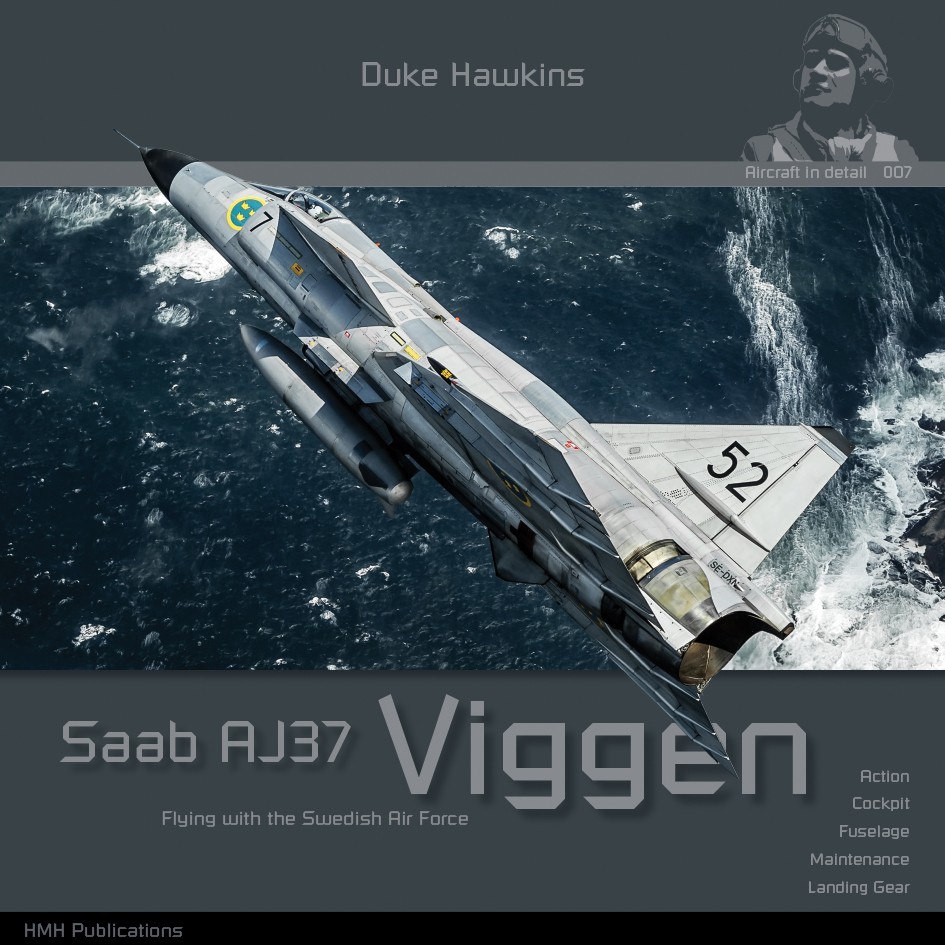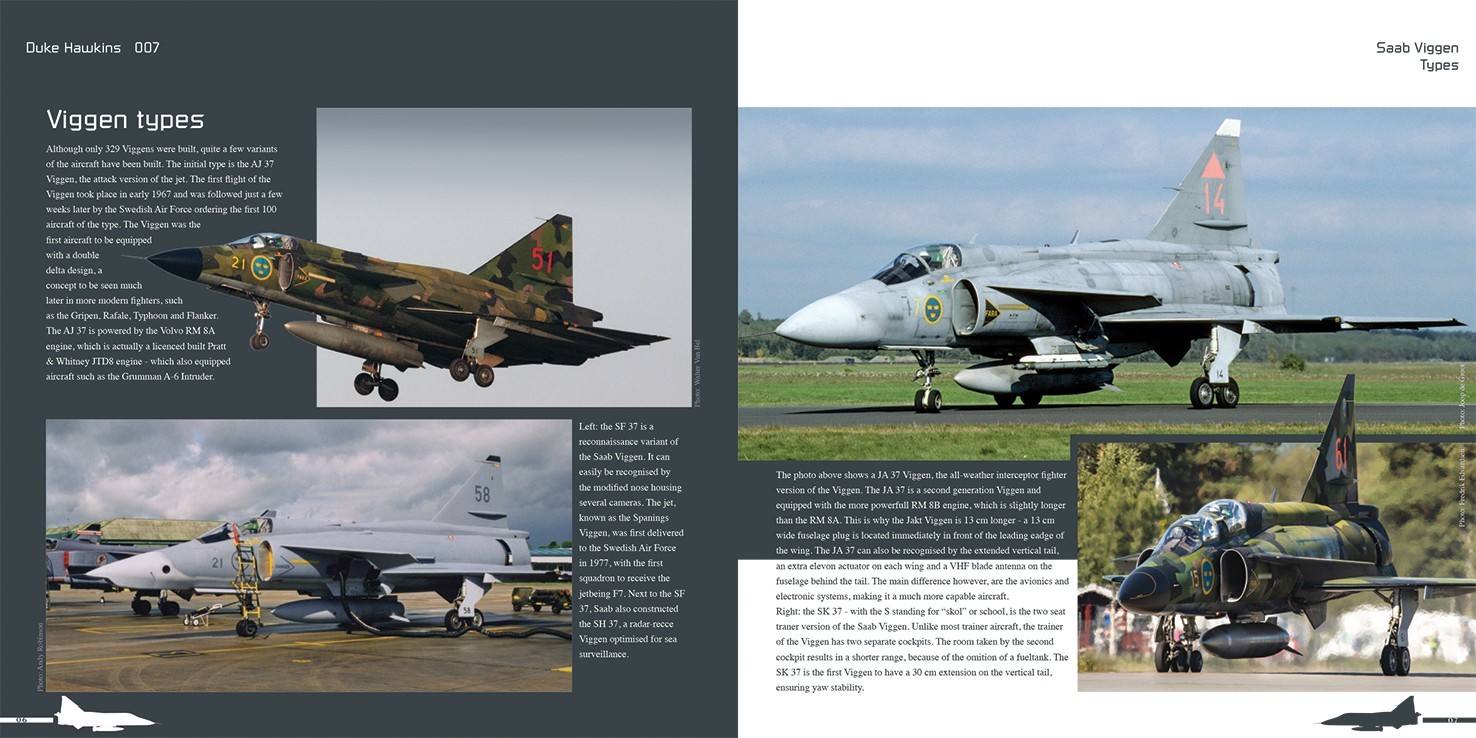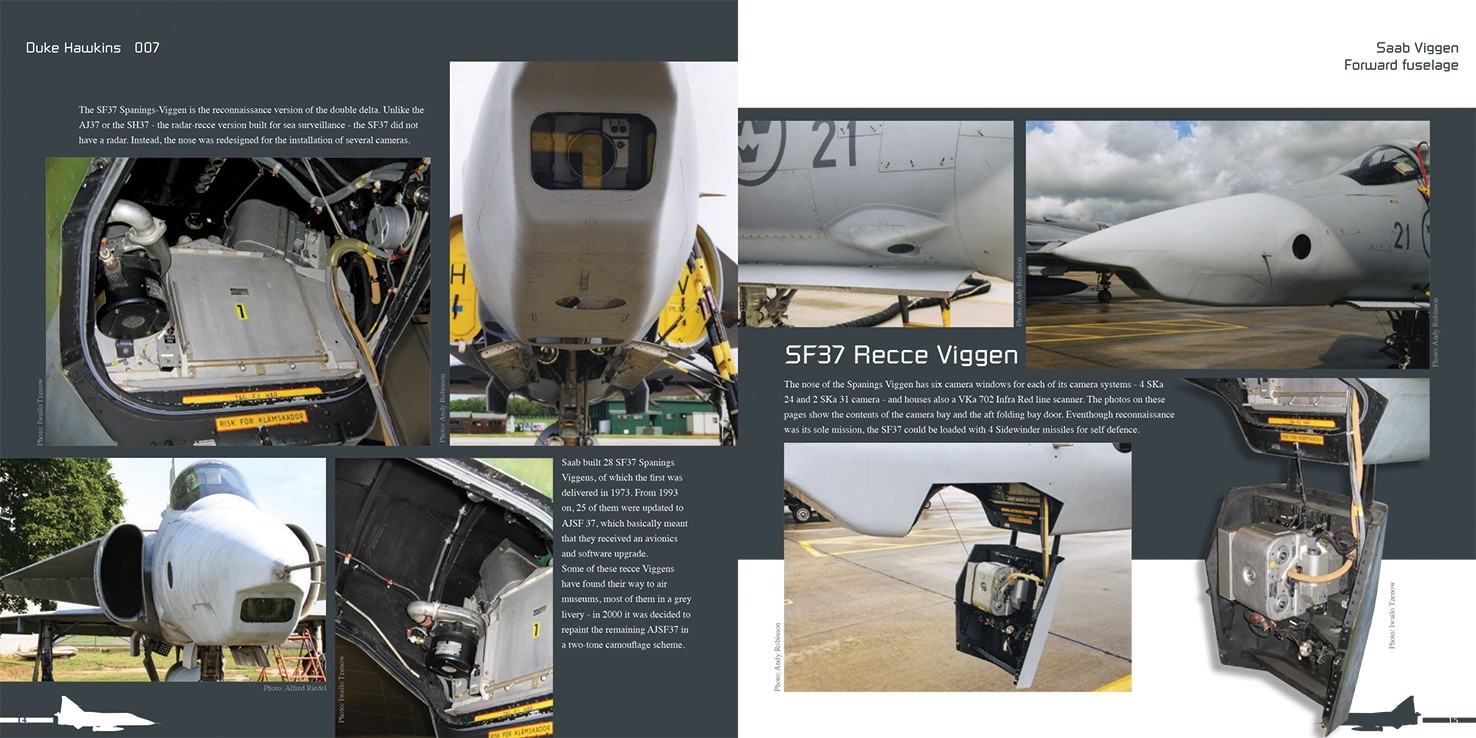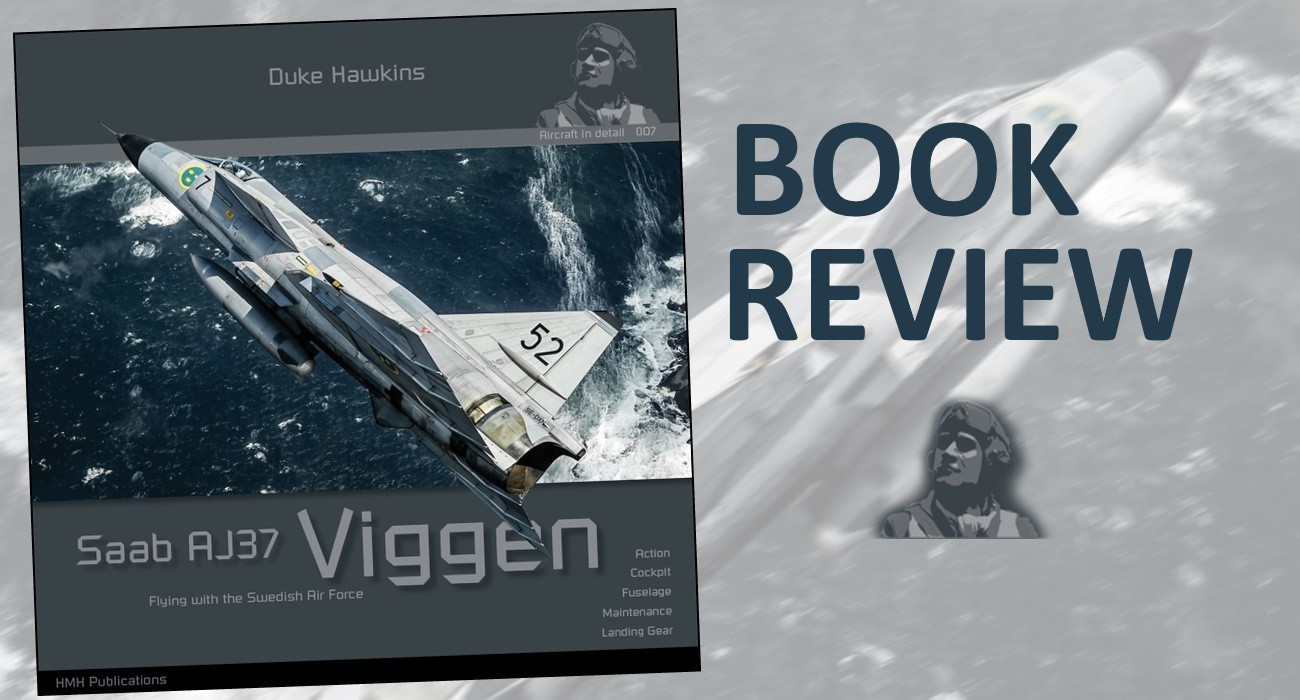
I review a LOT of books for Aeroscale and Kitmaker.com, purchase a lot of books for the builds I do. A self-admitted rivet-counter, I want to make sure I have the best resources before undertaking an expensive kit and investing in after market upgrades. So I think I can safely say that the Duke Hawkins series of books from HMH Publications are the finest, most-helpful modeling resource I can think of.
To start with, the books are simply gorgeous: in an era when most publishers have gone to cheap paper and muddy photographic reproduction, the Duke Hawkins books are almost works of art in their own right. That's because the paper is heavy bond, the photos pop from the page with brilliant color, sharpness and detail, while the layouts are pleasing to the eye. And because they are reference works compiled by modelers for modelers, the level of detail is EXACTLY what you are looking for-- detailed photos for scratch-building hydraulics, cockpits and the little bits and bobs that many other books overlook. If you're one of those modelers who tries to download walkarounds and other resources free off the Internet, you owe it to yourself to get a Duke Hawkins title for your next deep dive. They aren't cheap, but they're definitely worth it.
Which is why I bought Saab AJ37 Viggen Flying with the Swedish Air Force in anticipation of receiving a 1/32nd scale Viggen from Jetmads: I didn't want to invest that kind of money and not have the best reference available.

The Contents
The 82-page book is divided into the following sections of all-color photos and descriptions:
Introduction: the Viggen's name in Swedish has two meanings: "thunderbolt" and "duck" (which references its duck-like appearance and dual "canards" on the forward fuselage, which mean "duck" in French). It has numerous variants, but the ones covered in the book are:
1. AJ 37 ground attack version
2. the slightly-longer, more powerful JA 37 interceptor (JA for "jakt" or "hunter")
3. SF 37 reconnaissance platform and
4. SK 37 two-seater ("skol" for school) with its two, separate cockpits
Forward Fuselage: good, up-close shots of the canopy, AoA probe, rivets, etc.
Canards: one of the distinctive visual signatures of the Viggen is its twin delta wings. The smaller wings just behind the cockpit are called canards, and unlike the Typhoon, for example, these mini-wings don't pivot, but employ a movable trailing edge. The term means "duck" in French, and arose when observers said planes with them looked like ducks in flight. The purpose of the canard is to increase lift and promote stability, a necessary feature due to the Volvo RM8A, a Pratt & Whitney JTD8 built under license.

SF 37 Recce Fuselage: with a "nose for news," the SF 37 had a configuration for cameras and other reconnaissance hardware.
Fuselage: the main section of the aircraft.
Air Intakes: one of the crucial areas for detailing any jet model is the intakes. Many kit manufacturers cut corners with segmented intakes designed to simplify kit production. The clear internal photos show the intakes in precise detail, including the RM8's turbofans.
Fuselage (center): very precise details of the various scoops and other intakes on the main body.
Wings: as stated already, the double-delta design of the Viggen is unique. The photos are more appreciation of the design excellence than modeler's detail, though p. 31 has a clear depiction of the four-color "forest" camouflage.
Cockpit: the variants of the 37 require differing cockpits with one- and two-screen arrays (fighter bomber and interceptor respectively). This section has copious views of the 'pit, including the RS37 ejection seat developed especially for the air-frame. This is because of the intended mission of the 37 flying at plus MACH 1 speeds but at low altitude. There is also a sub-section on the dual cockpits of the two-seater SK 37.

Front Landing Gear: this is the part the super-detailers like myself really want-- detailed views of the wheel wells and the gear. The Viggen was intended to land on small, dispersed landing strips, and is equipped with a thrust reverser triggered when the front gear comes down hard on any asphalt or other landing strip.
Speed Brakes: stopping a fast, heavy jet like the Viggen demands air brakes.
Main Landing Gear: the Viggen has distinctive double-wheeled rear gear serviced by an array of hydraulics inside the wheel wells. All of this is shown in rich detail covering 10 pages.
Vertical Tail: the aircraft has a distinctive high tail which was too high for some Swedish Air Force facilities. The solution was a folding tail, and the mechanism is shown is abundant detail.
Aft Fuselage: not a lot of detailing here, other than the openings for the reverse thrusters.

Weapons: while Sweden was officially neutral until the outbreak of the war in Ukraine, it has always seen the Soviets, followed by the Russians as its likely adversary. Hence the emphasis on ship-killing missiles and other ordnance like a Swiss-made Oerlikon cannon.
Maintaining the Viggen: this section is for the Viggen nerd, and shows accessing the various panels used by ground crew to service the aircraft. It's also an opportunity to display the RM8 and RM8A engines which can take the jet to Mach 2.1
(Aft) Fuselage: the rear view focuses mostly on the thrust-reverser plates that in the tailpipe.
Engine Exhaust: Again, more detailing for the business end of the engine with rich color plates that will assist color-matching.
Pylons: the Viggen was intended originally as a ground attacker, and as such could carry a variety of ordnance with a center-line drop tank occupying that pylon.
Action: as the name implies, this section has photos of Viggens in flight and in various camo schemes. Viggens have flown with bare metal, four-color "forest" splinter camouflage, and gray over/white under schemes. Sweden maintains the Swedish Air Force Historic Flight intended to show the country's prowess at air shows all over Europe.

The Review
Sweden, despite being a relatively small country, has produced several iconic jet aircraft, with the Viggen one of the most-iconic profiles in military aviation. The aerodynamic design choices are unique and quite distinctive, resulting in a jet that is both highly-effective and visually arresting. It's no wonder modelers have taken to the Viggen in a variety of scales. If you are building one, this is simply THE book to have on your bench.
Please remember, when contacting retailers or manufacturers, to mention that you saw their products highlighted here – on AEROSCALE



























